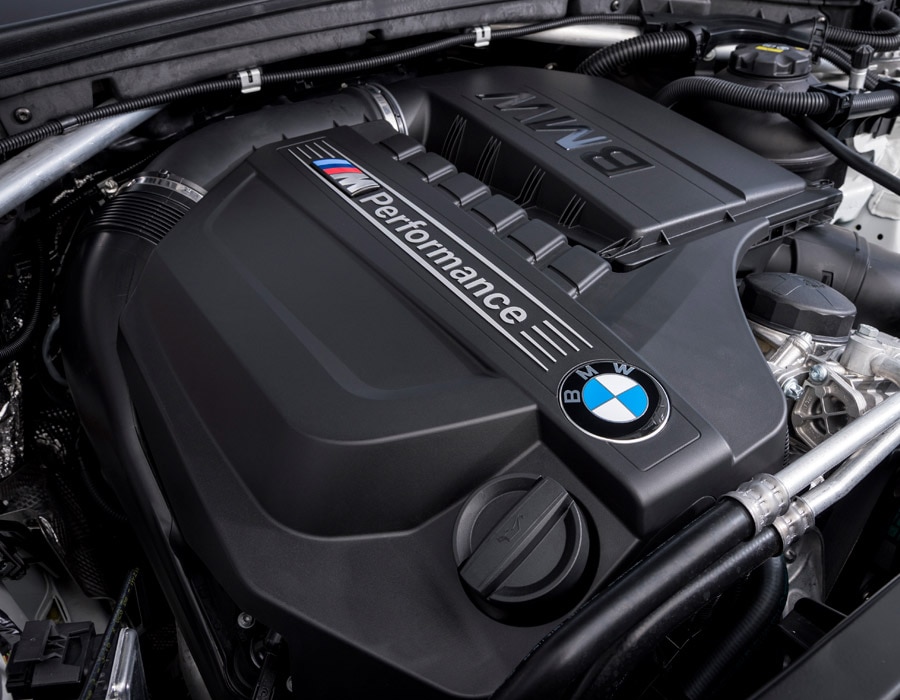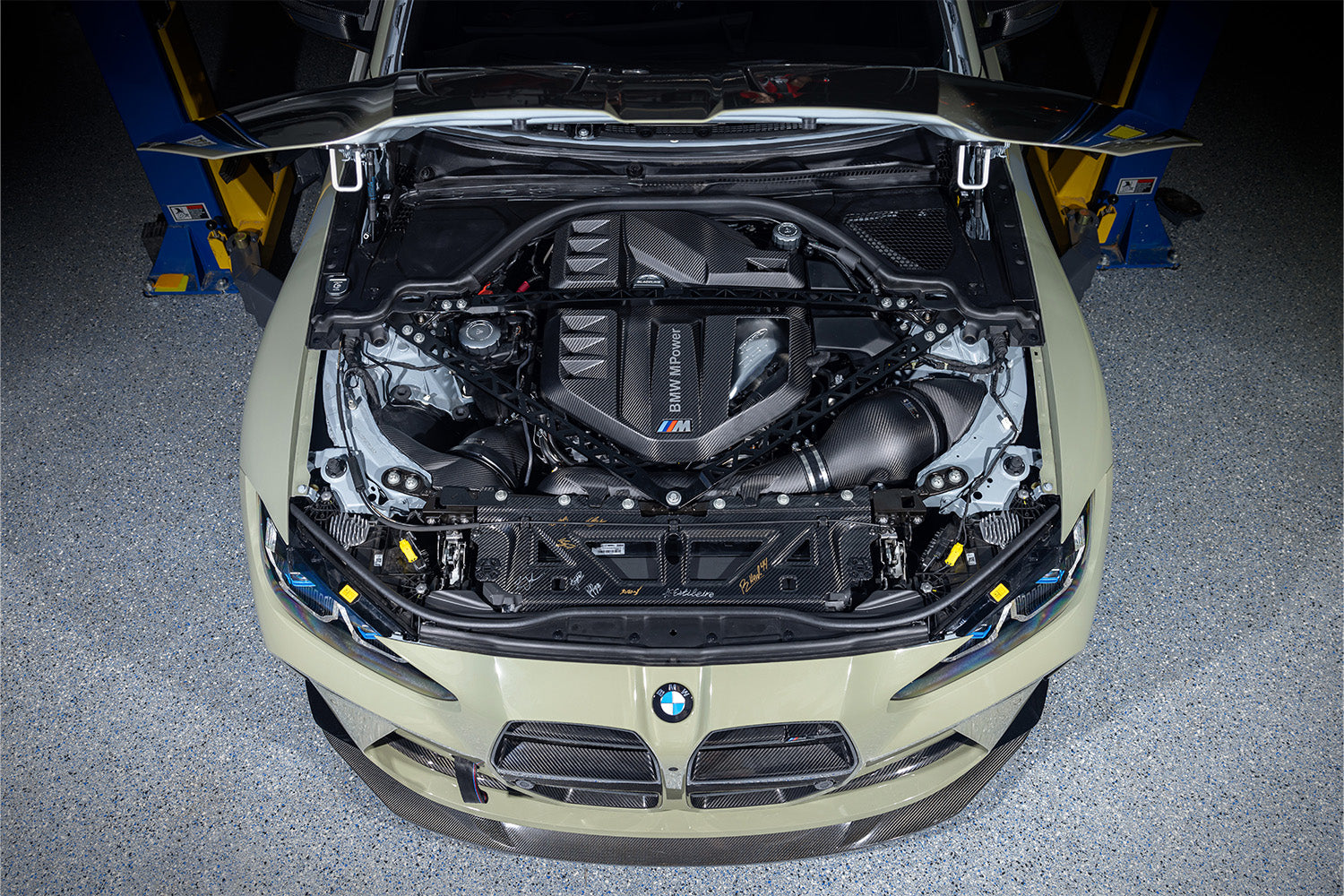Exploring the Evolution of Combustion Engines in Modern Transportation Systems
As we navigate the landscape of modern transport, the development of combustion engines stands as a testimony to human resourcefulness and engineering expertise. The interplay of history, modern technology, and environmental concerns in forming the trajectory of combustion engines develops a story that is both insightful and engaging.
Early Beginnings of Combustion Engines
Exactly how did the principle of combustion engines initial arise in the very early stages of transport development? The roots of burning engines can be mapped back to the 17th century when the concepts of internal burning were initial explored.
The innovation moment included the invention of the very first effective gasoline-powered engine by Karl Benz in 1885 - bmw engine. This engine led the way for the advancement of the modern-day automobile, transforming transport systems worldwide. Succeeding developments by Nikolaus Otto and Gottlieb Daimler additionally improved burning engine technology, resulting in the mass manufacturing of autos and the rapid expansion of the transportation market
These very early combustion engines were defined by their simplicity and effectiveness, laying the foundation for the complex and effective engines utilized in contemporary transport systems. The development of combustion engines has contributed fit the way we take a trip and move items, noting a substantial turning point in the history of transportation development.
Transition to Internal Combustion Technology
The transition to inner burning innovation marked a pivotal change in the development of transportation systems. This change started in the late 19th century, with creators like Nikolaus Otto and Gottlieb Daimler developing the initial effective interior combustion engines. These engines changed transportation by offering an extra effective and powerful alternative to vapor engines and electric motors.
Among the crucial advantages of inner combustion engines was their capacity to be reduced to suit lorries, causing the development of motorcycles and cars. This shift from bulky, fixed engines to compact, mobile ones led the way for the modern-day transportation systems we see today.
The change to interior burning innovation additionally spurred innovations in fuel modern technology, resulting in the growth of gasoline and diesel as primary fuel resources for cars. This change not only made transportation extra easily accessible to the masses but likewise laid the structure for the oil and gas industry to come to be integral to worldwide economic situations.
Effect of Combustion Engines on Transportation
The fostering of burning engines in transportation systems militarized a profound shift in the effectiveness and rate of global wheelchair. Burning engines transformed transport by providing a trustworthy and versatile resource of power for various cars, including autos, aircrafts, ships, and trucks. This development substantially boosted the capacity for people and products to relocate over lengthy ranges in shorter time structures, causing increased connectivity in between regions and nations.
Furthermore, the widespread use of burning engines has actually had a significant impact on economic growth. The capacity to transfer products efficiently has spurred profession and business, enabling services to broaden their markets and reach consumers worldwide. This has promoted financial development and globalization, as products can now be transferred faster and in bigger amounts than ever previously.
Nevertheless, the environmental influence of burning engines can not be ignored. The combustion of fossil fuels has actually led to air pollution and greenhouse gas emissions, adding to environment modification and positioning health threats to populations. bmw engine. Therefore, address there is an expanding emphasis on establishing alternative propulsion modern technologies to minimize these unfavorable effects and develop a much more lasting future for transport
Developments in Burning Engine Style
Numerous innovations in combustion engine layout have actually moved the advancement of transport systems over the years. One significant development is the growth of turbocharged engines, which utilize exhaust gases to drive a generator that compresses inbound air, enabling for even more fuel to be burned, leading to increased power outcome without a significant boost in engine size. Furthermore, direct shot technology has boosted fuel performance and performance by specifically controlling the quantity and timing of gas injected into the burning chamber. Variable valve timing systems have additionally transformed engine layout by optimizing air flow at various engine speeds, improving both power and performance. Another considerable innovation is the integration of light-weight products such as carbon fiber and aluminum alloys, minimizing total engine weight and improving automobile gas economy. Improvements in computer-aided design have enabled engineers to maximize engine efficiency and efficiency with simulations prior to physical models are constructed, saving time and sources in the development process. These technologies jointly add to the Extra resources constant renovation of combustion engines in modern-day transport systems.
Future Patterns in Combustion Engine Development
With innovation innovations driving constant technology, the future of combustion engine advancement is positioned to transform transport systems worldwide. One of the vital trends in combustion engine growth is the push towards better efficiency and minimized emissions.
One more famous fad is the adoption of hybrid modern technologies in combustion engines. Hybrid engines integrate typical combustion technology with electrical power, supplying improved fuel effectiveness and reduced exhausts. As the automotive market changes in the direction of electrification, crossbreed combustion engines are seen as a transitional option that links the void between conventional automobiles and totally electrical ones.
Moreover, the integration of smart innovations, such as expert system and data analytics, is expected to play a significant function in the future of combustion engine advancement. These modern technologies can optimize engine performance in real-time, resulting in much more effective burning procedures and improved general lorry efficiency. Welcoming these future fads will certainly not just drive technology in burning engine advancement however likewise contribute to a more environmentally pleasant and lasting transport ecological community.

Verdict
In conclusion, the evolution of combustion site engines in modern transportation systems has actually been noted by considerable innovations in modern technology and layout. From the very early starts of burning engines to the change to inner burning modern technology, these engines have actually had an extensive influence on transport. Technologies in burning engine style proceed to drive development in this field, with future trends concentrating on more boosting performance and lowering exhausts. The future of burning engines in transportation looks promising as research and growth initiatives remain to push boundaries.
The roots of burning engines can be mapped back to the 17th century when the principles of inner burning were first explored. These engines transformed transport by supplying a more reliable and effective option to vapor engines and electric motors.
